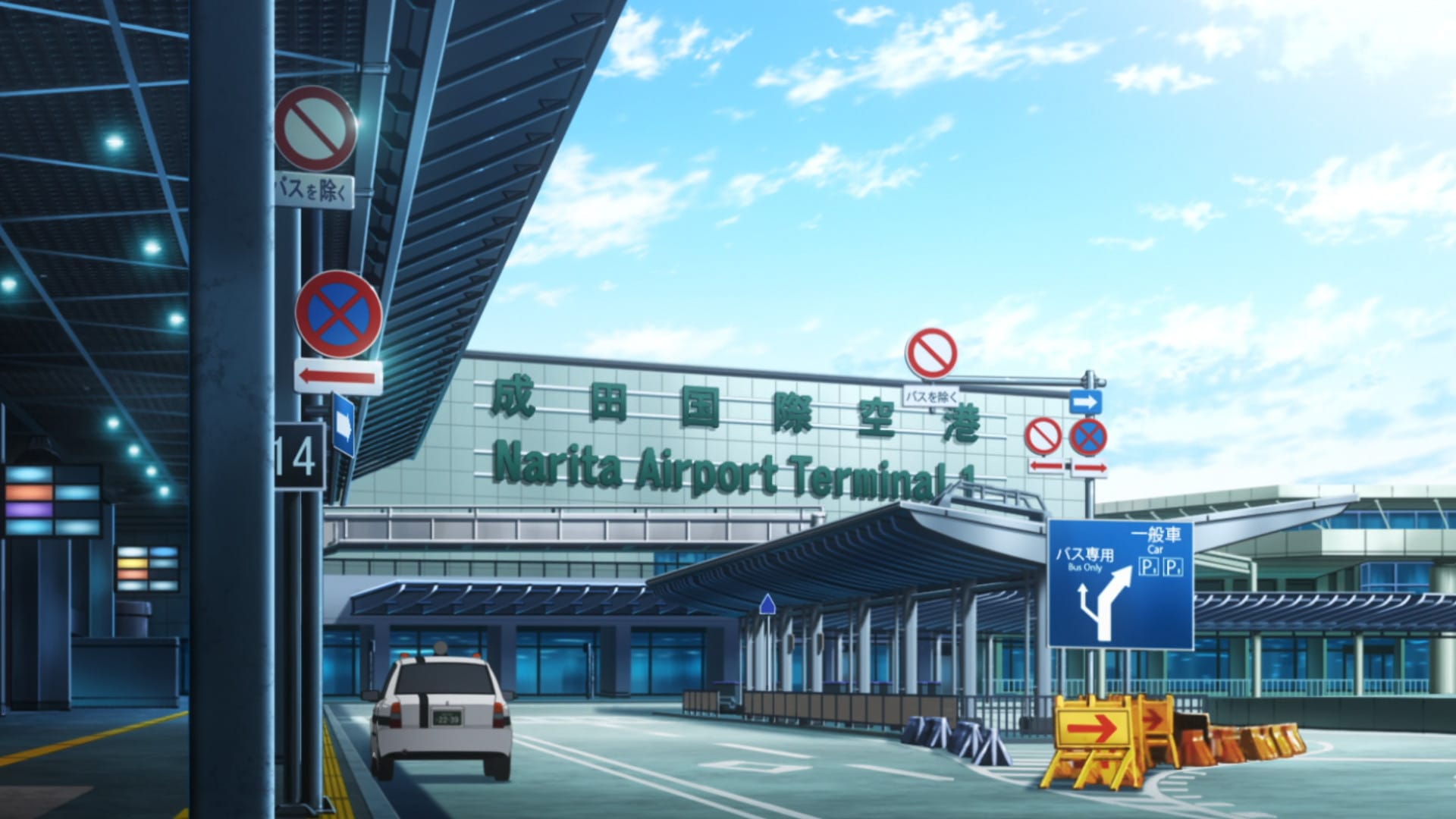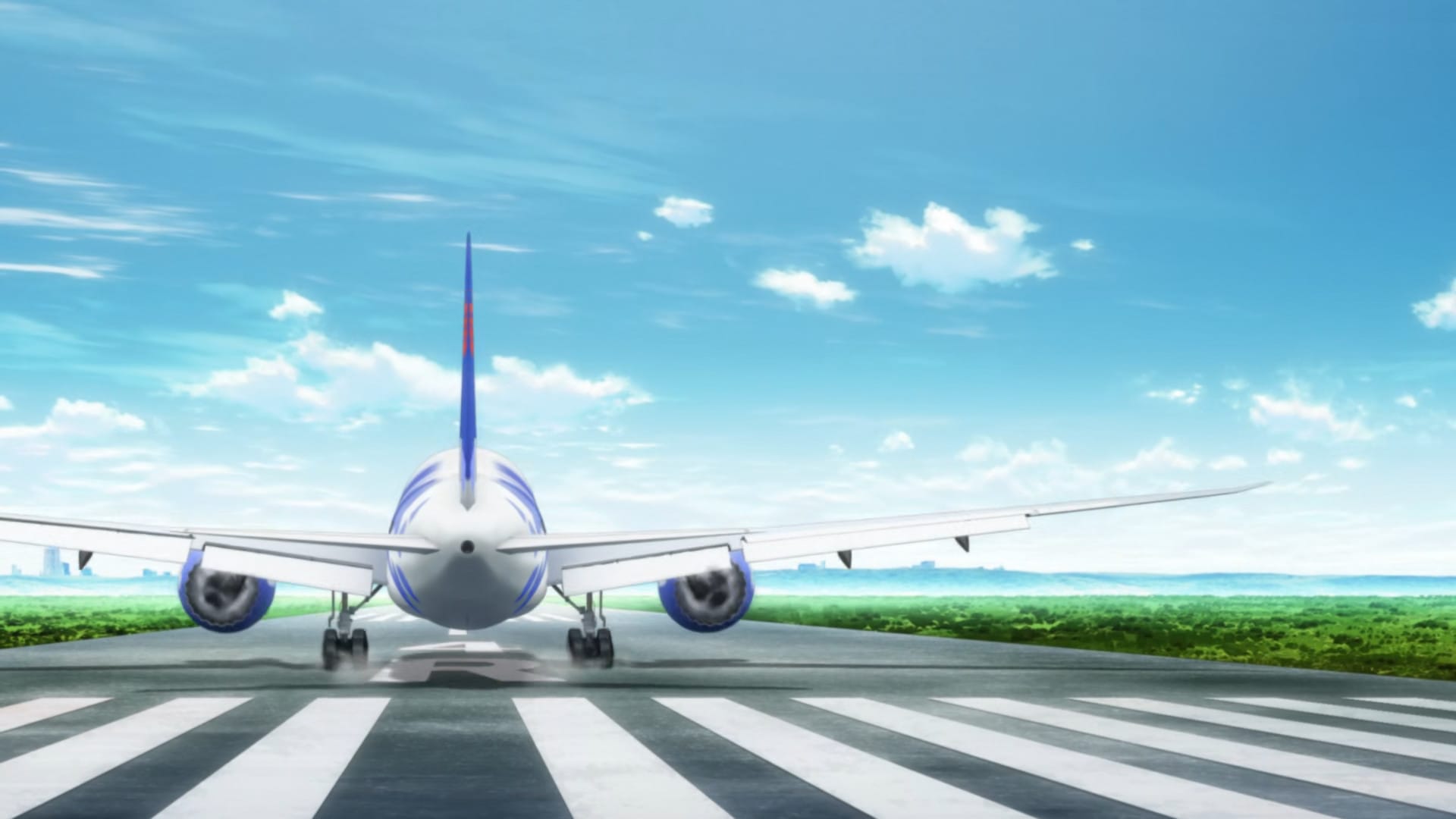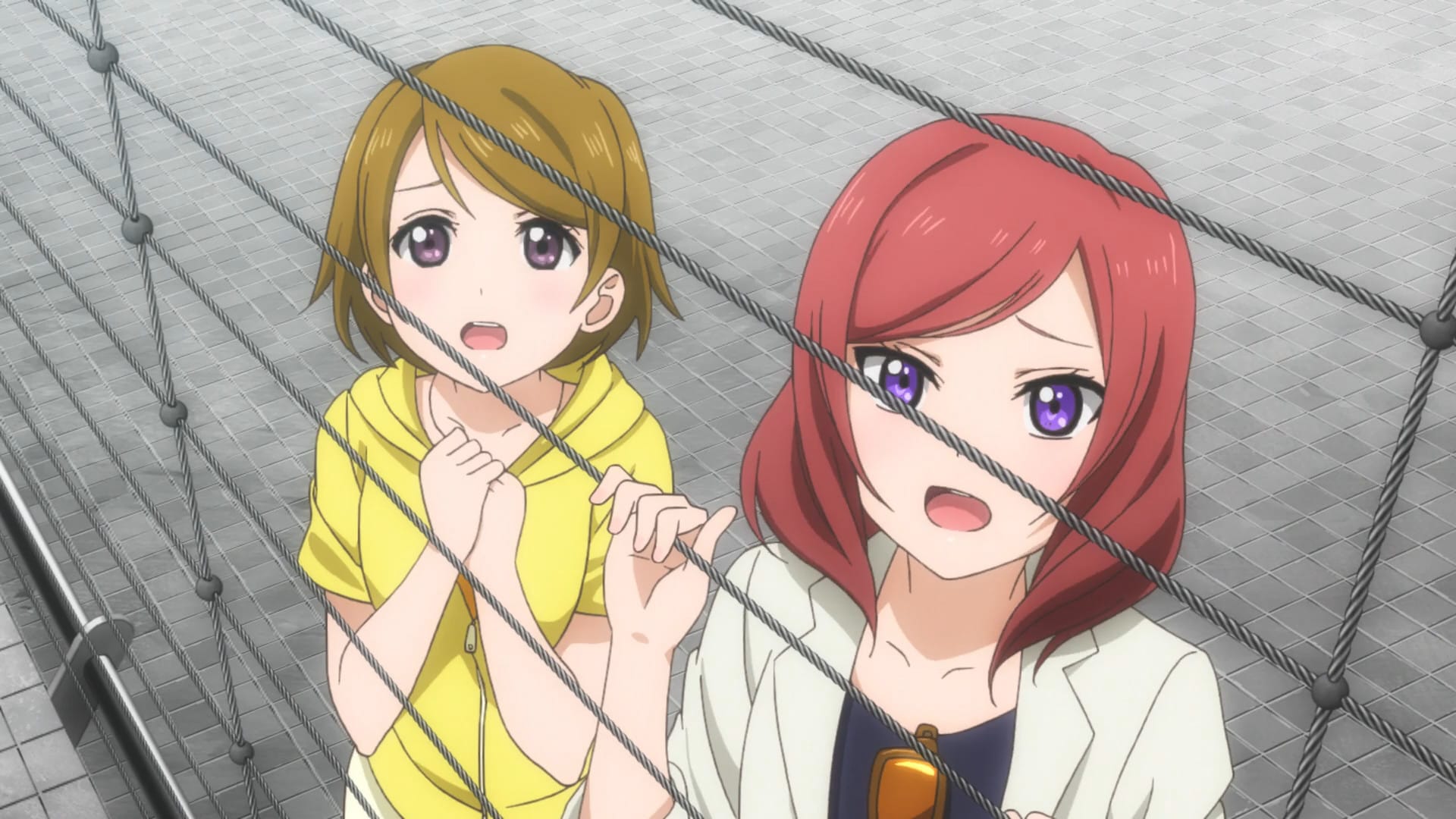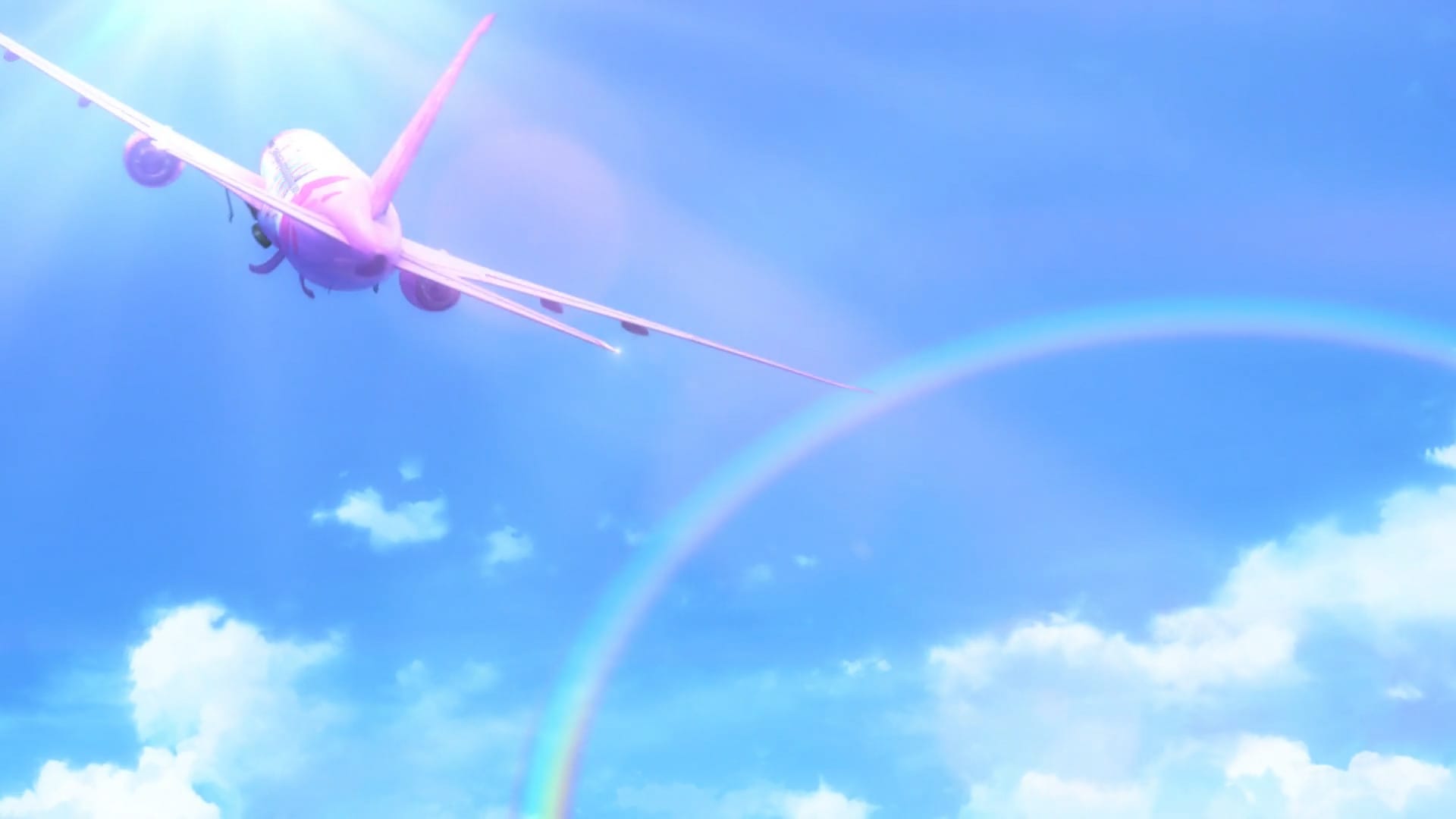Jon's Guide for Going to Japan - Part 2: Your Flight
If you're traveling to Japan, these tips will help you prepare for your flight there.

Planning (and paying for) the flight to Japan is most likely going to be the biggest hurdle you'll need to jump over. First and foremost, make sure your passport is accurate, and not expiring soon. If all is good there, you should start planning your flight as soon as you can.
This is Part 2 of a multi-part series about traveling to Japan. Here are the other parts:
- Part 1: Planning Your Trip
- Part 3: Getting Around Japan
- Part 4: Tokyo Tourism
- Part 5: Outside Tokyo
- Part 6: About Eventing, and Your Trip Back Home
What Airline To Use

ANA (All Nippon Airways) is my preferred airline, and while they tend to be more expensive than other airlines, there are some perks to flying via them. Their staff are very friendly, you'll get unlimited drinks (even alcohol), movies, games, and music during the flight, and you can fly to Japan nonstop, whereas other airlines will likely have you stopping somewhere in between.
For my first and third trips to Japan, I flew ANA nonstop. For my second, I flew Air France with a 4-hour layover in Paris. The Air France flight was a lot cheaper, but also a lot longer because I flew east from New York instead of west.
I recommend using Google Flights to see what your options are. If you don't mind layovers, you might be able to score a good deal.
Global Entry
If you live in the US and want to smooth the process of going through immigration & customs when you get back home, consider applying for Global Entry. You'll need to pay a fee and pass an in-person interview. Once done, however, you'll be able to enter the US almost immediately after landing with no need to wait in a long line. If you plan to travel frequently, this is something you'll want.
Note that this will only help you when returning to the US. You will still need to go through immigration & customs when entering Japan and go through the same process everyone else does.
Paying for the Flight

You can of course pay for your flight with money, but why do that when you can pay with points?
If you want to fly ANA and have good enough credit, I recommend getting an American Express Gold Card (referral link). There is an annual fee but the first year is usually free. If you live in North America, 50,000 points is enough for a "free" (you will still have to pay certain surcharges, but you will be saving a lot of money) regular-season economy class flight (see the chart here). Once you have enough points on the card, you can transfer them to ANA, but be warned that this is irreversible, and not all flights can be paid for with points. Check availability on their site before transferring points.
If you aren't interested in the AMEX Gold card, there are many other options. I've heard a lot of people prefer Chase Sapphire for racking up points to use on free flights. If you have time and willingness to put in the effort, this flowchart will tell you what card is best for you and how to maximize your rewards.
What Airport To Fly Into

As for your destination airport, you have two options: Haneda and Narita. I've always flown into Haneda because it's actually in Tokyo, whereas Narita is in Chiba, from which it's about a 1-hour drive to Tokyo Station. You can get to and from Haneda via train, bus, or taxi cab – but you should avoid cabs unless you're traveling in large groups, as cabs in Tokyo are very expensive. Haneda also has some really good restaurants, shrines, and even a planetarium cafe if you want to unwind a bit after your long flight, or need to kill time before your return flight home.
When booking your flight, note the time zone difference! For example, if you're flying from New York to Tokyo, you will land in Tokyo the next day because there's a +13 to +14 hour time difference (depending on DST), in addition to the time you're in the air. As for the flight home, you may very well arrive in New York "before" your departure time from Tokyo.
You've Booked Your Flight! What Now?

Sometime after booking your flight, your airline will ask you to submit your passport information, so make sure you do that. If you don't do this before the flight, you might not be let onto the plane!
Another thing you should do after booking your flight is go to Visit Japan Web to inform Japan of your travels. You will be asked to submit some personal information, along with your travel dates and location of stay. If you're staying at multiple locations in Japan, just provide the first place you're staying at. Going through this process now will make things a lot easier for you when going through immigration/customs after landing.
Take some time to review Part 1 of this series to make sure you are adequately prepared for the trip. Here's a quick checklist:
- Make sure your passport is valid and up to date
- Reserve your hotel(s)
- Plan out your route through Japan, or if you're staying in Tokyo, think about where you want to go (more on this in a later post)
- Reserve a JR Pass if needed, and remember to bring your voucher to Japan
- Make reservations at any collab cafes you'd like to visit
- Notify your bank and credit card companies about your travel plans
- Research international phone plan options, or reserve a mobile hot spot
- Buy an outlet adapter and a power strip
- Study some basic Japanese
- Learn some Japanese customs so you don't make any embarrasing mistakes
The Journey To Japan

Depending on where you are in the world, you could be in for a long flight. Make sure you're comfortable. Buy a neck pillow at the airport. Have things to do during the flight - save music and videos to your phone, bring a Kindle and read some ebooks on board, and/or bring a handheld game console like Switch or Steam Deck. Bring your chargers, power bank, and USB adapters on board. Your seat might only have a single power outlet, so if you need to charge anything during the flight, that power bank will come in handy.
Arrive at the airport at least 3 hours before your flight. You will be glad you got there early in case you get lost or anything goes wrong. Do not exchange money at the airport, they will rip you off. The best way to get yen is to take it out from an ATM when you get to Japan.
Try to "fix" your sleep schedule while on the plane. Get some sleep, but not too much sleep. Try your best to wake up around 8-9am Japan time. This will help program your body for the next few days.
After You Land
Once you've landed, you'll need to go through immigration and customs. No need to be nervous! Just be truthful and tell them you're here for tourism. Get your luggage, pass through the doors, and you've made it! 🎉
If you need a mobile hotspot, now's the time to get it. Look for a Softbank booth at the airport and they will help you out. If you reserved one with another company, follow the instructions they gave you.
Next you'll need to get to your hotel. You can take a bus, a cab, or train. Buses and cabs will accept credit cards. If you take the train, you'll need to exchange for some yen first, then buy a Suica card. Again, read this about Suica cards, as they are currently in limited supply.
Your First Night In Japan

First things first, check into your hotel! The staff there most likely speak English, so don't fret. Once you've checked in and unpacked, hit the town. If you're tired and it's not your normal bedtime yet, try to force yourself to stay awake until your bedtime. You'll want to maximize your time in Japan and you don't want to miss a day or two by sleeping.
If you haven't already, visit a conbini and get some cash. Look for a Family Mart, Lawson, or 7-Eleven (they've very different and much higher quality in Japan). Any of these should have an ATM. Select the English option and get some yen. I recommend taking out at least 40,000-50,000 for now, and then take out more as you need.
When walking around town, check out the vending machines and buy a weird drink. Or some hot cider. Or some corn soup. Or some coffee. They have it all.
You're probably hungry. What better way to start your trip in Japan than with some ramen? Find a ramen shop (look for signs that say ラーメン) and enjoy!
Finally, get some sleep. The fun is just getting started!
All done! Here's Part 3, which is all about how to act when in Japan and how to get from place to place.
